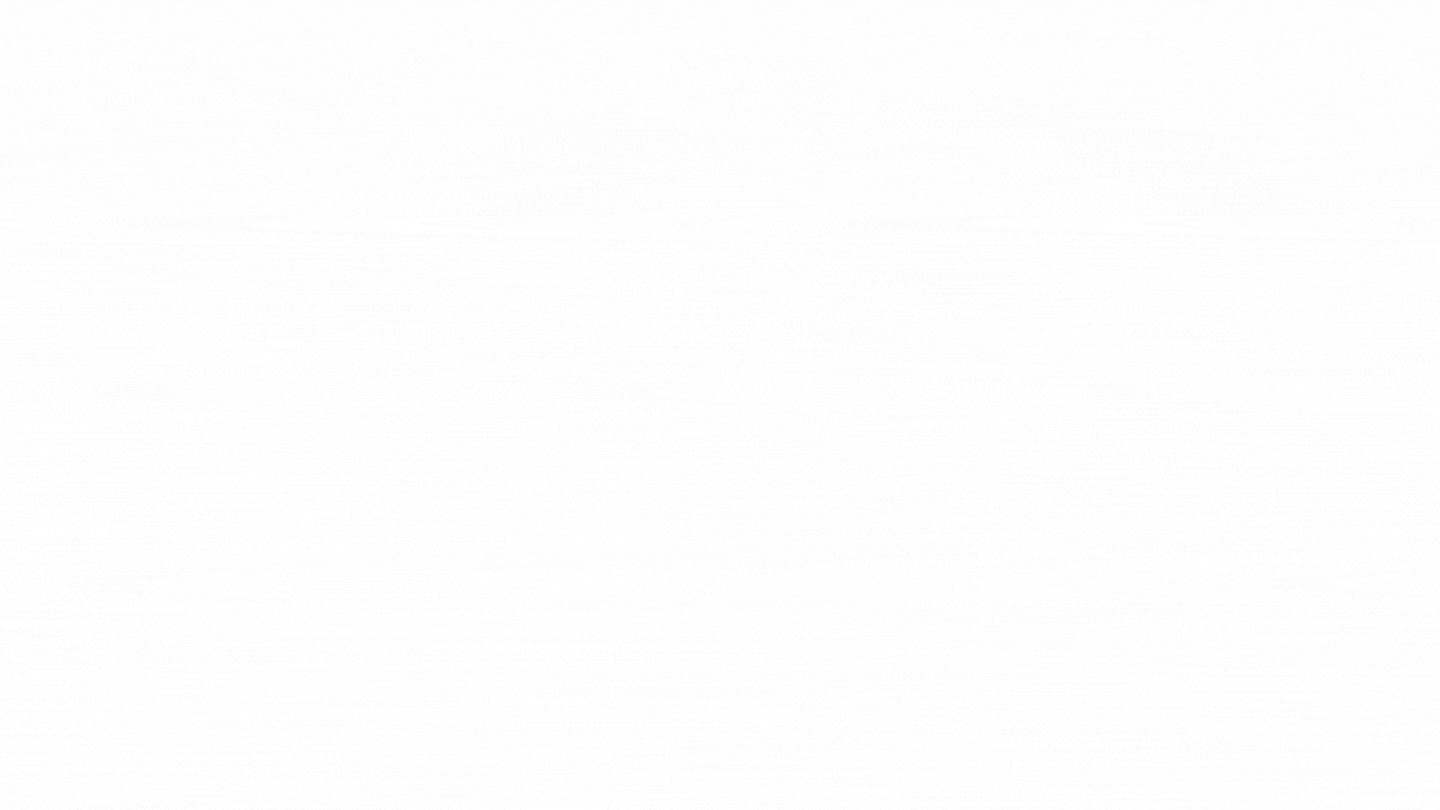Corporate Governance and Ethical Consideration
Discussion of Corporate Governance and Ethical Consideration:
Corporate Governance refers to the “principal agent”, this is an individual that is the owner of the organization however, h/she doesn’t have the control of the organization. The concept of corporate governance emphasizes on the relationship of corporation shareholder. World Bank (1999) perceive corporate governance from different point of views that are implicit and explicit corporate governance. The implicit corporate governance emphasizes on the interest of the shareholders and directors whereas the explicit corporate governance focuses on external stakeholders like buyers, seller, retailers and many more (as cited in Kim & Yi, 2014, p. 43). In this article if the Federal Aviation Administration have acted righteously and have cross check the safety measures that were put forward than the crashes might have been prevented.
Accounting Professional & Ethical Standards (APES) 110 code of professional conduct has been introduced by the government for the accountants to be aware of any ill deeds conducted in an organization. The code of conduct has four parts that includes how can different individuals from different sectors can abide by the rules. All of these individuals should be the Member of the APESB (APESB, 2013). The Federal Aviation Administration should be critical of the safety measure not matter how famous or persistent the organization is. These safety measures are there to protect from the disasters that can kill many of the individuals. The two disasters in 2018 and 2019 took the lives of many individuals. After the disasters the Boeing company should have been banned for a while to make them realize.
(b) Reflection upon Corporate Governance and Ethical Consideration:
After the deadly crashes in 2018 and 2019, an investigation was conducted and it was concluded that the safety measures were rejected by the Federal Aviation Administration. Currently, the regulators all across the globe have banned the company after the second crash in 2019, this has been a good decision by the regulators. Why this is a good decision? The reason for this is the lives of the people are important than exploiting the innocents. The Boeing company is still positive that their plan would be approved despite the catastrophes however, the investigation should not end. The Federal Aviation Administration should also be scrutinized and eliminate their personnel who only care about earning money. Moreover, Boeing is now looking for approvals from the different committees that is a good sign that they are being careful. What ever might be the reason for them to be careful, it will help them to rebuild its image.

(c) Example of poor Corporate Governance and Ethical Decisions:
An example of a very famous company making poor corporate governance and ethical decision is WorldCom, the senior personnel at the company were guilty of bribery and accounting fraud (Dessain, Meier & Salas, 2008). WorldCom was a telecommunication company in the United States which tried to falsify the revenues on the company’s profit and loss statement, the false revenue was recorded to be approximately four billion dollars. The higher management became greedy and materialistic due to which they abused the code of conduct. The company threatened the corporate governance to be in favour of the company. The company’s growth tactic was to grow through acquisitions (Moberg & Romar, 2003).
Financial Statements:
(a) Different types of Statements:
Statement of profit or loss: this statement is also called ‘income statement’, this statement presents the productivity of the company during each time period. It shows the sales earning at the beginning. Statement of Financial Position: this statement is also known as the ‘balance sheet’, this statement represents an organization’s liabilities, assets and shareholder’s equity. The assets must be equal to the liabilities + equities in the balance sheets. This showcases a financial image of an organization for a given time period. Statement of cashflow: This statement adjusts net income for non-cash expenses. This statement shows the alteration in cash flow per time period along with the start of the balance and the end balance of the cash. Statement of changes in equity: This is also called Statement of Retained Earnings in the United States. This statement increases or reduces the share capital reserves and provide payments to the shareholders. The Statement of profit or loss displays an organization’s revenues and total expenses where as the statement of cashflow shows the specific amount of the organization’s cash outflows and inflows (Franklin, 2018).
(b) Business Structures:
Sole Trader: This structure is a person who runs his company from h/her own name. This person finances the company through h/her personal assets, mortgages and loan from banks. The advantage of this individual is that h/she can take decision on h/her own whereas it would be difficult for that person to run a company if h/she is in any sort of accident
Partnership: A registered business that is run by equal to or more than two individuals who share profits and losses. The business is financed by all the partners, through their investments. Tax treatment is a huge advantage for the partner as they are not liable to pay tax whereas limited resources can force the partners to close their business that is a disadvantage of a partnership.
Company: This is the costliest type of business structure among the three, it is a sovereign legal institution distinct from its proprietors and abides by the law. It is financed through selling of stock or through raising funds. The debts and other monetary obligations don’t belong to the proprietors whereas companies are obliged to pay taxes (Entrprenuer Press, n.d.).
Analysis of a company:
The Dick Smith Holdings is renowned for its convenient stores and the various brand products it offers. This company had a huge collapse because of which they terminated their operations all around the country. The main reason for the company to collapse was due to the decrease in cashflow in FY2015 that was 24,599 whereas in FY14 it was 24,911. The cashflow means cash in hands that the company needs to expand its operation. The company collapse report was released by the administrator McGrath Nicol, the major blame was placed on massive inventory purchasing failure. If a company doesn’t have cashflow they are forced to borrow. As mentioned in the report that in the FY15 the company borrowed 70.1 million dollars to increase their inventory that wasn’t even necessary because cashflow for a company is more important than stocking their warehouse. In my opinion, the senior management should have done something to increase their cashflows, as they couldn’t increase it, they were forced to borrow which ultimately led to the termination of the company. Not able to manage proper inventory and not having proper cashflow resulted in the collapse of the business.
References:
Accounting Professional and Ethical Standards Board (APESB), 2013. APES 110 Code of Ethics for Professional Accountants, Reviewed on 15 April 2020 < 02112018000152_APES_110_Restructured_Code_Nov_2018>
Dessain, V., Meier, O. and Salas, V., 2008. Corporate governance and ethics: Shareholder reality, social responsibility or institutional necessity?. M@ n@ gement, 11(2), pp.65-79.
Entrepreneur Press, n.d., Business Structure Basics, Blog, Entrepreneur Asia Pacific, Reviewed on 15 April 2020 https://www.entrepreneur.com/article/75118
Franklin, M 2018, Describe the Income Statement, Statement of Owner’s Equity, Balance Sheet, and Statement of Cash Flows, and How They Interrelate, Blog, Reviewed on 15 April 2020 <https://opentextbc.ca/principlesofaccountingv1openstax/chapter/describe-the-income-statement-statement-of-owners-equity-balance-sheet-and-statement-of-cash-flows-and-how-they-interrelate/>
Kim, K.S. and Yi, Y., 2014. Effects of corporate governance on the performance of private economic groups in Vietnam. Journal of International Trade & Commerce, vol. 10, no. 6 pp.39-56.
Moberg, D & Romar, E 2003, WorldCom, Case study, Reviewed on 15 April 2020 < https://www.scu.edu/ethics/focus-areas/business-ethics/resources/worldcom/>




